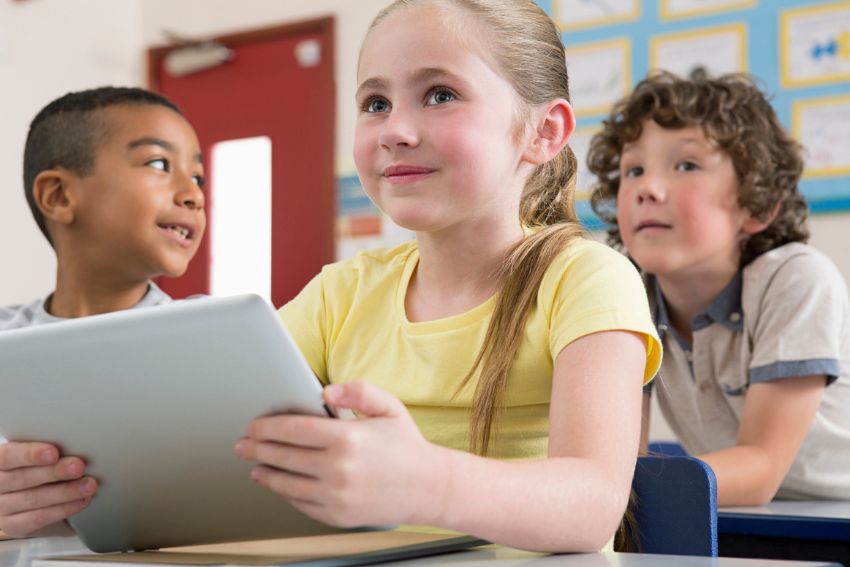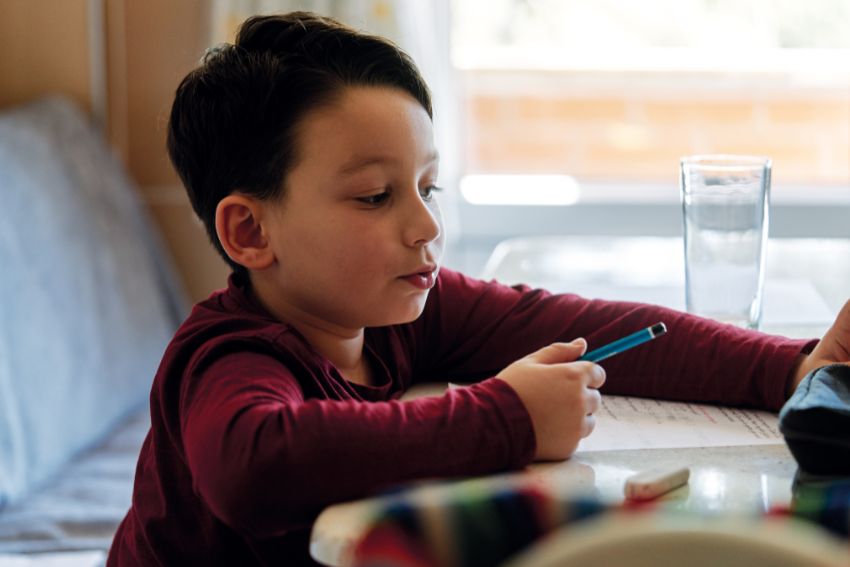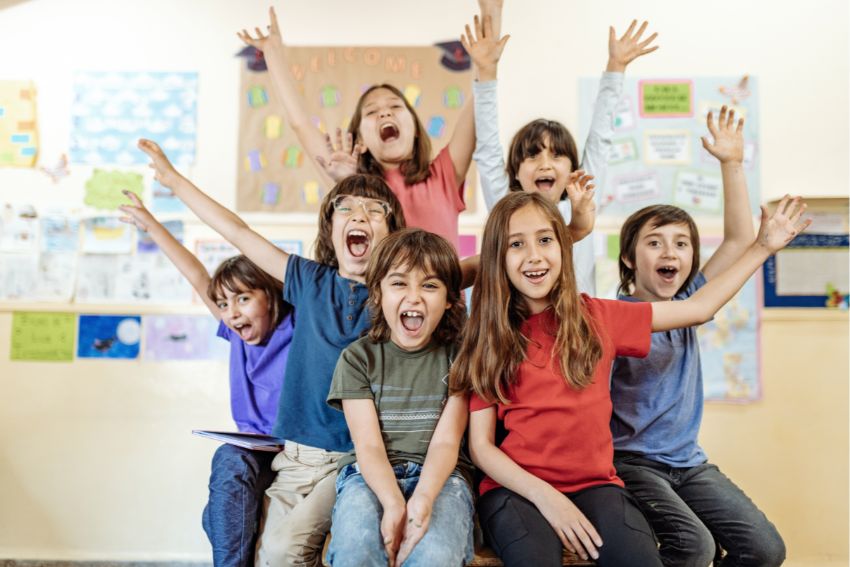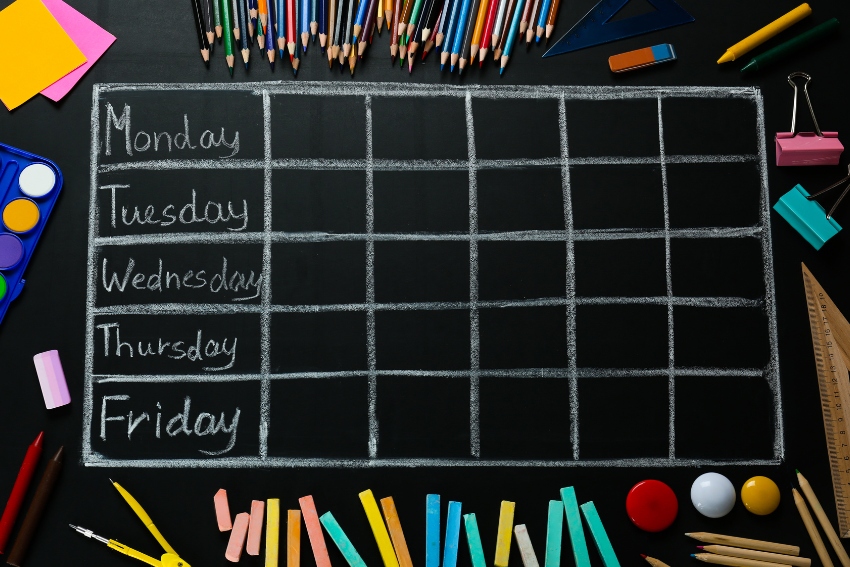Year 2 is an important part of your child’s learning journey. At this age, around six or seven, children start becoming more confident with their reading, writing, and maths. They build on what they learned in Year 1 and start getting ready for Key Stage 2.
You’ll notice your child becoming a bit more independent. They’ll start learning bigger ideas in English and maths, and begin working with more focus. It’s also a year where their curiosity really shines through, especially in subjects like science and history.
As a parent, knowing what to expect in Year 2 can help you support your child in all the right ways. From what they’ll be learning to how SATs work, this guide will walk you through it all – plus a few tips for helping them learn at home.
Understanding the Year 2 Curriculum
Year 2 is all about building on what your child learned in Year 1 and taking their skills to the next level. They’ll cover a mix of core and foundation subjects, with plenty of exciting new topics introduced throughout the year.
Year 2 English
In Year 2, your child will become more confident in reading and writing. They’ll continue using their phonics knowledge to read words accurately and fluently. They’ll also learn to read common exception words, those tricky ones that don’t follow usual spelling rules.
Comprehension becomes more important too. Your child will talk about what they’ve read, answer questions, and explain their ideas. They’ll be reading stories, non-fiction texts, and poems and starting to spot the differences between them.
Writing takes a big step forward. Children begin joining letters in handwriting and writing longer pieces of work, like diary entries or short stories. They’ll also practise writing for different purposes and using descriptive language to make their ideas clearer.

SPaG (Spelling, Punctuation and Grammar)
SPaG gets more focused in Year 2. Your child will learn:
- Basic grammar terms, including nouns, adjectives, verbs, adverbs, and conjunctions like “and,” “but,” and “because.”
- Spelling patterns and rules for longer and more complex words. These form the foundation for the more advanced Year 3 spelling words they’ll encounter next year.
- How to use punctuation like full stops, capital letters, exclamation marks, and question marks correctly.
- New punctuation like commas in lists and apostrophes for possession and contractions (e.g. Sam’s book, didn’t).
Year 2 Maths
In maths, your child will work with numbers. They’ll start learning how to add and subtract two-digit numbers and begin using simple multiplication and division in everyday maths problems. This is also the year when times tables are introduced, starting with 2, 5, and 10. Alongside number work, your child will learn to recognise and work with simple fractions like halves, thirds, and quarters, both in shapes and quantities. They’ll explore measuring length, weight, temperature, and capacity, and start telling the time to the nearest five minutes. They’ll also get to know the properties of 2D and 3D shapes, learning how to describe and compare them using the right vocabulary.
Year 2 Science
Science is all about exploring the world around them. Children will learn about living things and their habitats, investigate everyday materials, and understand more about plants and animals, including humans.
Year 2 Foundation Subjects
In addition to core subjects, your child will study a range of foundation subjects like History, Geography, Art, Design and Technology (DT), Computing, Physical Education (PE), Music, and Religious Education (RE). These help develop creativity, curiosity, and a broader understanding of the world.
What Your Child Achieves in Year 2
By the end of Year 2, children are expected to be better readers, writers. They should be able to read fluently with understanding, write longer pieces using proper punctuation, and solve a range of maths problems using the skills they’ve learned. This progress helps prepare them for the move into Key Stage 2 in Year 3.
One of the main milestones in Year 2 is the Key Stage 1 SATs, which usually take place in May. These include tests in Reading, Maths, and SPaG (Spelling, Punctuation and Grammar). Some of these tests may be done more informally, and teachers will also use classroom work and their own judgement when deciding your child’s final results.
It’s important to remember that SATs in Year 2 are not meant to put pressure on children. They’re used mainly to help teachers understand how well your child is doing and where they might need extra support. The results are not shared publicly and won’t affect your child’s move into the next year group.
As a parent, the best way to help is by keeping things calm and low-pressure at home. Encourage regular reading, support them with homework if needed, and keep school routines positive.
How Key Stage 1 SATs Work?
In Year 2, children take national assessments known as Key Stage 1 SATs. Each subject has two papers. For reading, one paper is based on short texts and the second includes longer passages. Maths includes an arithmetic paper and a reasoning paper. SPaG may be assessed through a spelling test and teacher judgement on grammar and punctuation.
SATs at this age are designed to be stress free. There’s no strict timing, and teachers can guide pupils through them in a calm, classroom setting. Many children won’t even realise they’re doing anything different from usual.
Results from the SATs are used alongside the teacher’s own observations and assessments throughout the year. You won’t receive a formal grade, just whether your child is working at the expected level, above it, or still working towards it. These assessments offer a useful overview of your child’s progress and highlight any areas where they might need extra support before starting Key Stage 2.
Common Challenges in Year 2 and How to Help
Many children face small challenges in Year 2, and that’s perfectly normal. Here are some common struggles and how you can help:
- Not enjoying reading or writing: Try reading aloud together or picking books that match your child’s interests. Keep writing fun, things like short stories, comics, or diary entries can help build confidence.
- Finding maths tricky or losing focus: Use short, daily activities like number games, flashcards, or apps. Focus on building understanding step by step and celebrate small wins.
- Feeling anxious about schoolwork: Let your child talk about their worries. Remind them that learning takes time and that it’s okay to make mistakes. Encourage effort and a positive mindset.
- Lack of confidence: Give lots of praise, especially for trying hard. Focus on progress, not perfection. Confidence often grows with encouragement and routine.
These bumps are part of the learning journey. With your support, your child will keep growing at their own pace and in their own way.
Supporting Your Child’s Learning at Home
Helping your child at home doesn’t mean doing hours of homework. Small, everyday activities can make a big difference. Here are some simple ways to support their learning:
- Make reading a daily habit – Read together each day and talk about the story. Ask questions like “What do you think will happen next?” or “Why did that character do that?”
- Practise SPaG in fun ways – Try short writing prompts, silly sentence challenges, or quick spelling quizzes. Keep it playful and positive.
- Use maths in everyday life – Let your child help with measuring while cooking or counting coins when shopping. These real-life tasks build confidence.
- Explore science through play – Go on nature walks, look at plants or insects, or try simple experiments at home, like melting ice or making bubbles.
- Play learning games – Use flashcards, board games, or memory games. Creative play with building blocks or drawing can also help with focus and solving problems.

These little moments of learning at home help reinforce what your child is doing in school, without the pressure. Keep it light and enjoyable, and your child will stay curious and motivated.
Helpful Resources for Year 2 Parents
There are lots of helpful resources available to support your child through Year 2. Websites like BBC Bitesize and Oxford Owl offer free videos, activities, and eBooks that match the Year 2 curriculum. For extra practise, workbooks from CGP or Collins can be a great option, especially for maths and SPaG. If your child enjoys learning through play, websites like Topmarks and PhonicsPlay have fun games to help with spelling, grammar, and number skills. And if you feel your child needs more support, speak to their teacher or explore options like online tutors or parent forums for extra guidance. With the right tools, learning at home can be simple and enjoyable.
Conclusion
Year 2 is an exciting and important period of time for your child, but every child develops at their own pace. Some will pick up reading or maths quickly, while others may take a bit longer, and that’s okay. The most important thing is to stay supportive, patient, and positive along the way.
Keep talking to your child’s teacher, they can offer helpful insight and advice if you’re ever unsure about something. And remember to celebrate the little wins, whether it’s finishing a book, spelling a difficult word, or showing confidence in class.
If you feel your child could benefit from extra support, online tutoring can be a great option. You can find friendly, experienced KS1 tutors who tailor sessions to your child’s needs, making learning more enjoyable.








